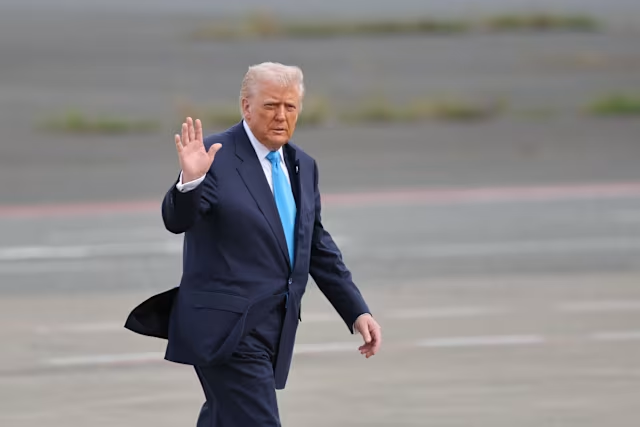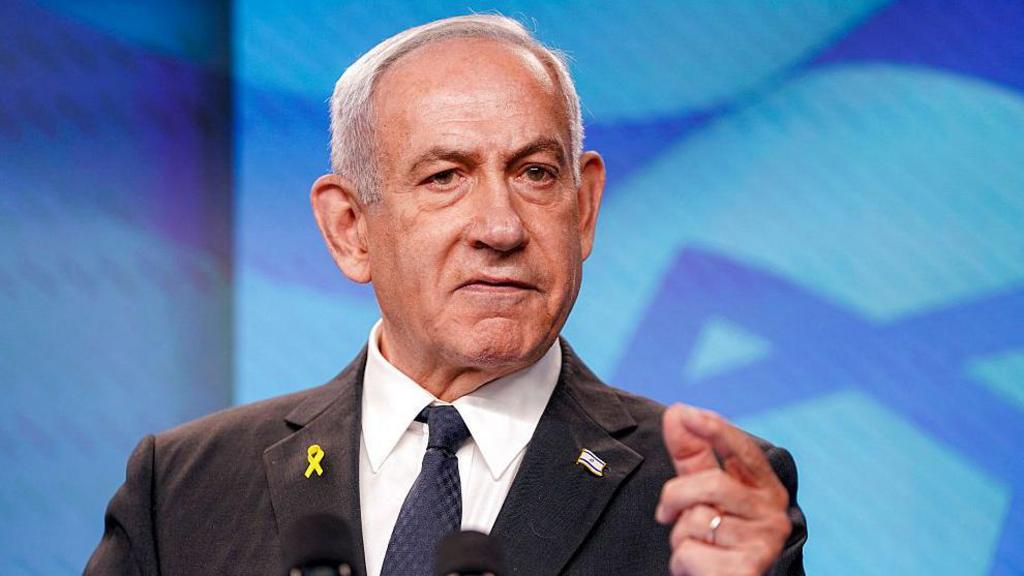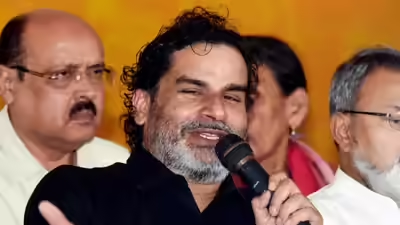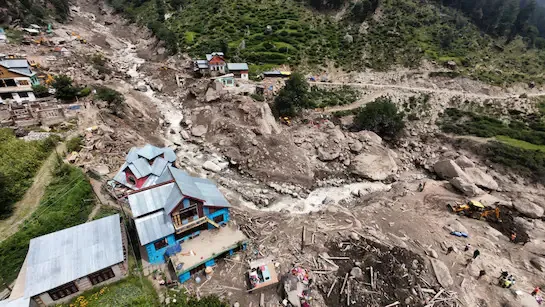Now Reading: Modi’s Big Vision: How Narendra Modi Shifted India’s Mindset
-
01
Modi’s Big Vision: How Narendra Modi Shifted India’s Mindset
Modi’s Big Vision: How Narendra Modi Shifted India’s Mindset
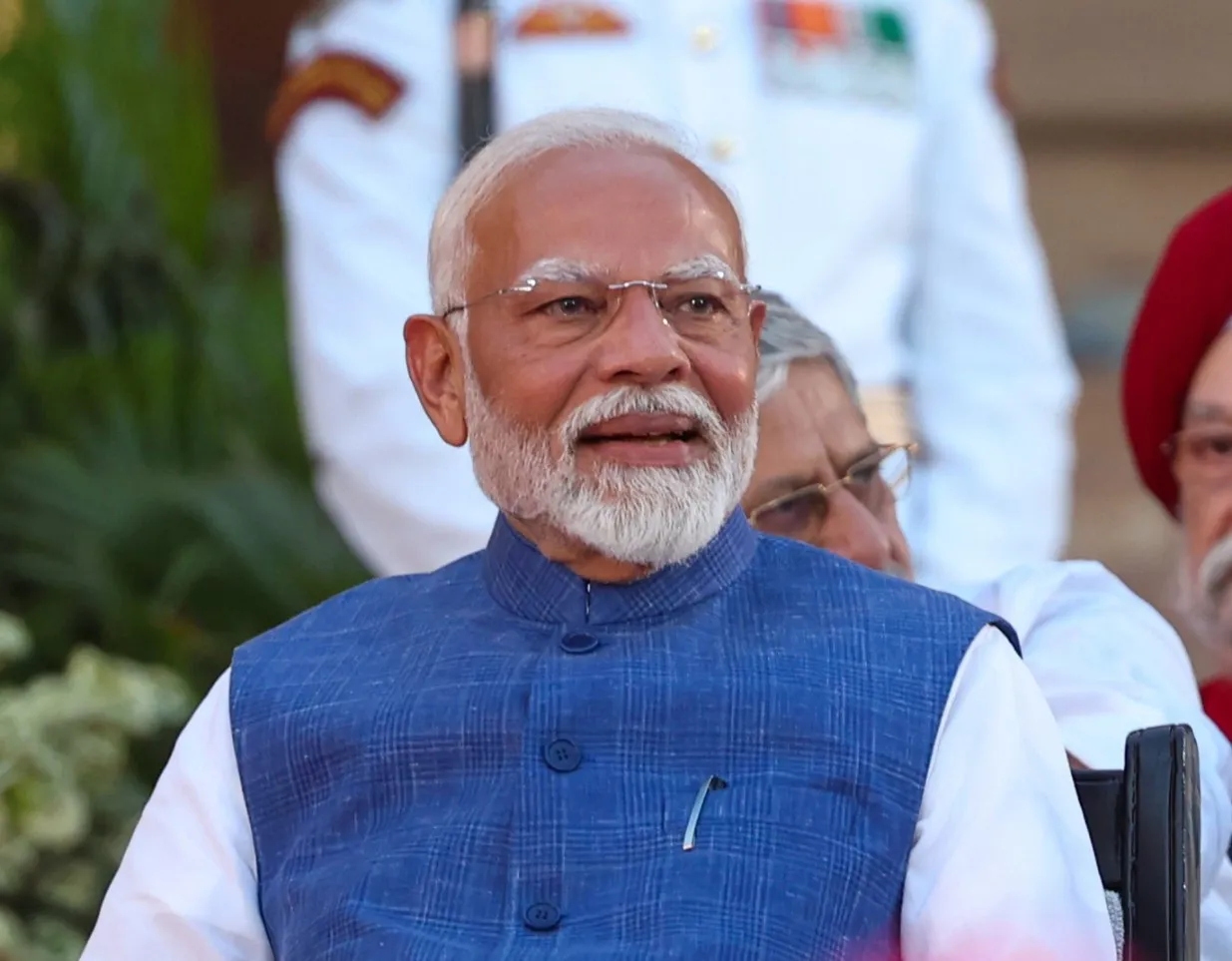
Narendra Modi has pushed India and its people to aim much higher. From infrastructure to international diplomacy, his leadership has emphasised scale, speed and ambition. Especially in Tier 2 cities, this mindset shift is visible: people expect better roads, smoother services, faster development. But with such grand goals, there are trade-offs. Successes, criticisms, and unanswered questions all come with the drive to think big under Modi.
Changing Expectations in Everyday Life
In many cities beyond Delhi and Mumbai, citizens now expect more. New highways, better public transport, improved internet connectivity, upgraded healthcare facilities—these are no longer seen as luxuries, but essentials. Local governments feel the pressure to deliver, often scaling projects faster than before. For residents, this means hope for improved amenities closer to home.
Policy After Policy: Scale Over Modest Steps
Modi’s government has launched large programmes—digital identity, tax reform, urban and rural infrastructure pushes. These policies aim not just to tinker, but to reshape systems. Things like the push toward cashless payments, smart city projects, and the push for manufacturing (“Make in India”) reflect an appetite for structural change over incremental fixes. This has encouraged investment, both private and public.
The Flip Side: Costs, Gaps and Criticisms
Ambitious projects often come with big costs—financial, administrative, environmental. Sometimes, local voices in smaller towns feel left out. Speed can result in corners being cut or promises being made that are hard to fulfil. Debate over displacement, ecological impact, and the quality of implementation is common. Critics say that thinking big must be matched by consistency, transparency, and ground-level delivery.
How Tier 2 Cities Are Responding
Tier 2 cities are where big changes are most visible and tested. People there see both the benefits and the frustrations. Improved transport links or upgraded civic amenities can transform daily life. But gaps in service—power cuts, water supply, healthcare access—still linger. Expectations have risen; now people are watching whether promises match results. Local governments are under scrutiny as they try to juggle resources, local conditions, and central directives.
Balancing Vision and Ground Reality
The strength of a big vision lies in its ability to inspire. But lasting impact depends on execution. It means balancing national scale with local realities, ensuring marginalised areas are not left behind, and maintaining accountability. Clear timelines, community input, feedback loops are essential. Grand ideas without grounded plans risk becoming frustrated hopes.
Conclusion
Modi’s leadership has definitely changed how Indians think about what is possible. The bar has moved: bigger roads, smarter cities, stronger global presence. For Tier 2 cities, this shift brings promise—better services, improved lives. But promise alone won’t be enough. To truly live up to the vision, India needs consistent delivery, fair distribution, and sustainable growth. Thinking big is just the first step; turning that thought into reality is the real challenge.








